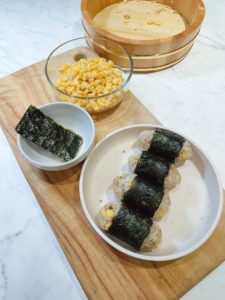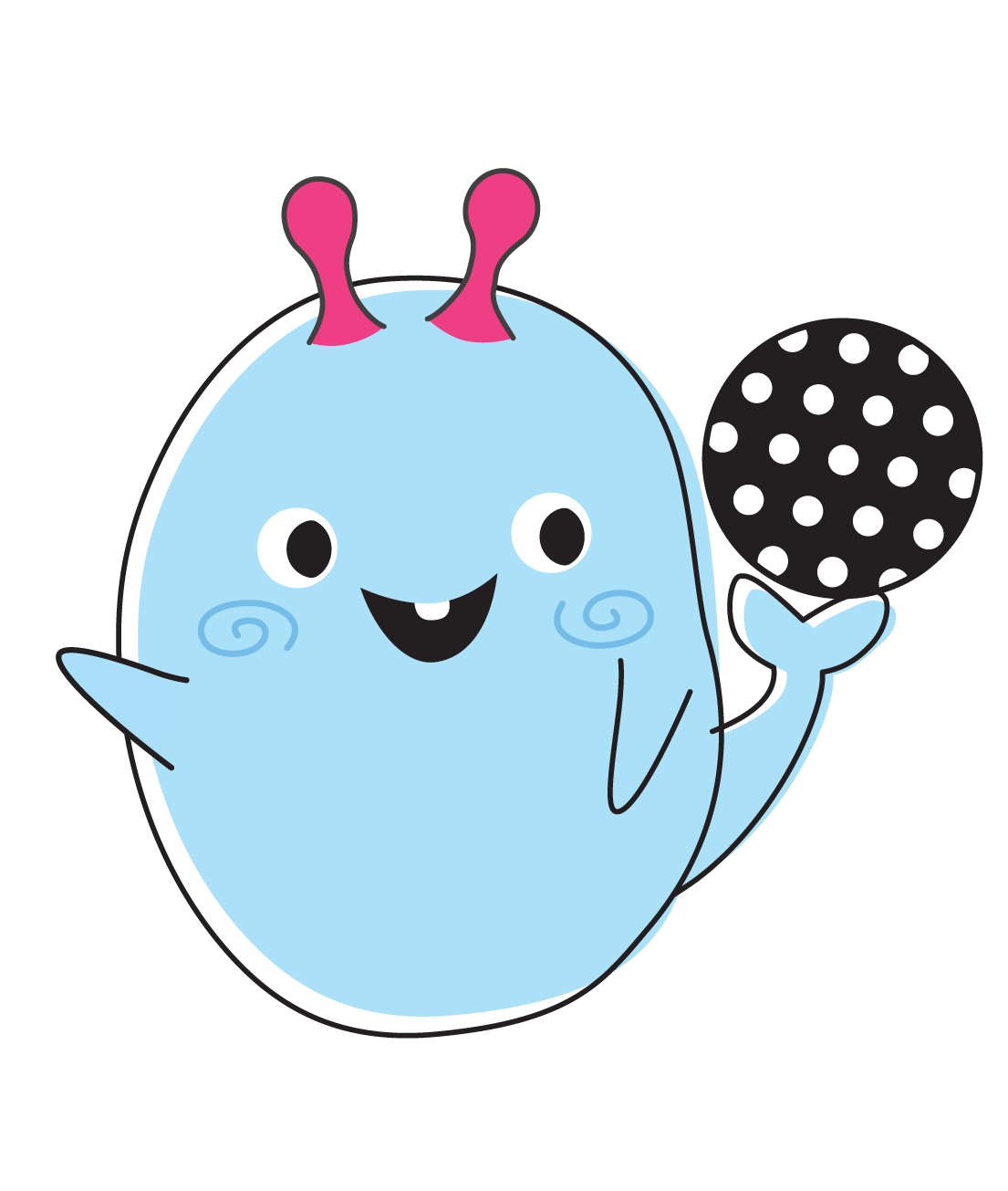作者:註冊營養師陳國賓
- 碘是什麼營養素?每天需要吃很多嗎?
碘是一種微量元素, 幼兒每天建議攝取量只是90微克, 但在身體卻擔當重要角色, 是身體製造甲狀腺素的重要原材料, 充足的碘有助促進幼兒生長、提升活力; 碘不足卻會令到小朋友失去活力, 甚至對學習失去興趣, 嚴重的更會影響腦部發育及智力發展。
- 聽說小孩多吃碘會「大頸泡」?家長容易碰到這種情況嗎?
「大頸泡」或甲狀腺漲大有其內在及外在因素, 過量進食含碘食物或營養補充品, 或身體攝取碘不足只是甲狀腺漲大的其中一個原因, 病毒感染及自身免疫系統疾病亦會引發甲狀腺漲大, 因此不能一概而論。
- 香港小朋友有缺碘的問題嗎?
本地醫療團隊較早期的報告發現香港幼兒雖沒有出現大量病理性缺碘的狀況, 但整體血液碘水平只是「剛剛合格」, 未必能滿足身體在發育期的需要, 在少數個案當中, 更出現嚴重缺碘而影響智力發展的情況。
- 飲食中的碘哪裡來?
飲食中的碘主要有兩大來源, 第一是海產食物, 包括魚類、蝦蟹等甲殼類, 蜆、帶子等貝殼類, 以及紫菜、昆布等海藻類食材。另一來源是天然含碘的海鹽(sea salt), 以及外加碘補充的碘化鹽(iodized salt)
- 住在海邊飲食仍會缺碘嗎?
傳統上, 生活於海邊的群體、民族較多進食海產、海鹽, 因此較少出現飲食缺碘的問題, 但現時食物供應鏈較為複雜, 大部分成長於香港的兒童並不以魚類、海產為主糧, 家長亦未必使用海鹽煮食, 因此長於香港的兒童飲食缺碘的情況較為普遍。
- 部分地區強制食鹽加碘, 本地政府仿傚就可解決缺碘問題?
現時在香港出售的食鹽並沒有強制加碘。由於人口中日常飲食習慣及碘的攝取量有很大差異, 若果大幅增加所有食鹽的碘含量, 反有機會增加碘攝取過量的風險, 因此當局難以「一刀切」制定食鹽含碘的法定水平。
- 家長怎樣知道子女缺碘?
身體碘水平可透過血液測試分析, 但這做法並不普及。若果家長發現子女做事提不起勁, 即使玩耍亦沒什麼興趣、活力, 又或參與平日喜愛的運動時很快表現疲倦、不投入, 或有機會是身體缺碘或甲狀腺功能出現問題。可先審視飲食是否有缺碘的風險, 再徵詢家庭醫生的意見。
- 家長如何確保子女吸收足夠的碘?
適量使用海鹽煮食是為身體提供恆常碘元素的安全做法, 特別是飲食偏向肉食性, 較少吃海產的家庭, 只要煮食不太過濃味, 鈉與碘超標機會不高。另一方法是鼓勵家人多以魚類海產取代加工肉食, 不單有助碘吸收, 亦可減少進食飽和脂肪, 提升健康。
- 吃紫菜會令碘過量嗎?
不少紫菜小食都含豐富的碘, 但只要不是每天進食, 進食份量有節制(每次進食1-2小包), 攝取過量碘的風險不高。至於吃壽司時的紫菜, 屬性與紫菜小食相約, 同樣地, 只要壽司的選擇多元化, 不是每次都吃多件手卷, 又或是每天都光顧壽司店, 就可避免碘過量的問題。跟處理其他食物風險的方法一樣, 均衡飲食, 不偏食, 日常飲食多作不同種類的選擇、配搭, 都是保障營養均衡, 以及預防個別營養素超標的好方法。

參考食譜:
粟米魚鬆迷你飯團(6份)
(適合12個月以上)
壽司珍珠米飯 1碗
粟米粒 3湯匙
三文魚鬆 3湯匙
壽司醋 2湯匙
壽司紫菜 1大片
做法:
- 先將壽司米飯及壽司醋混合
- 另將壽司紫菜剪成6等份
- 再將三文魚鬆、粟米粒跟壽司米混合
- 分成6等份, 搓成圓球
- 用壽司紫菜分別包裹飯團即成




